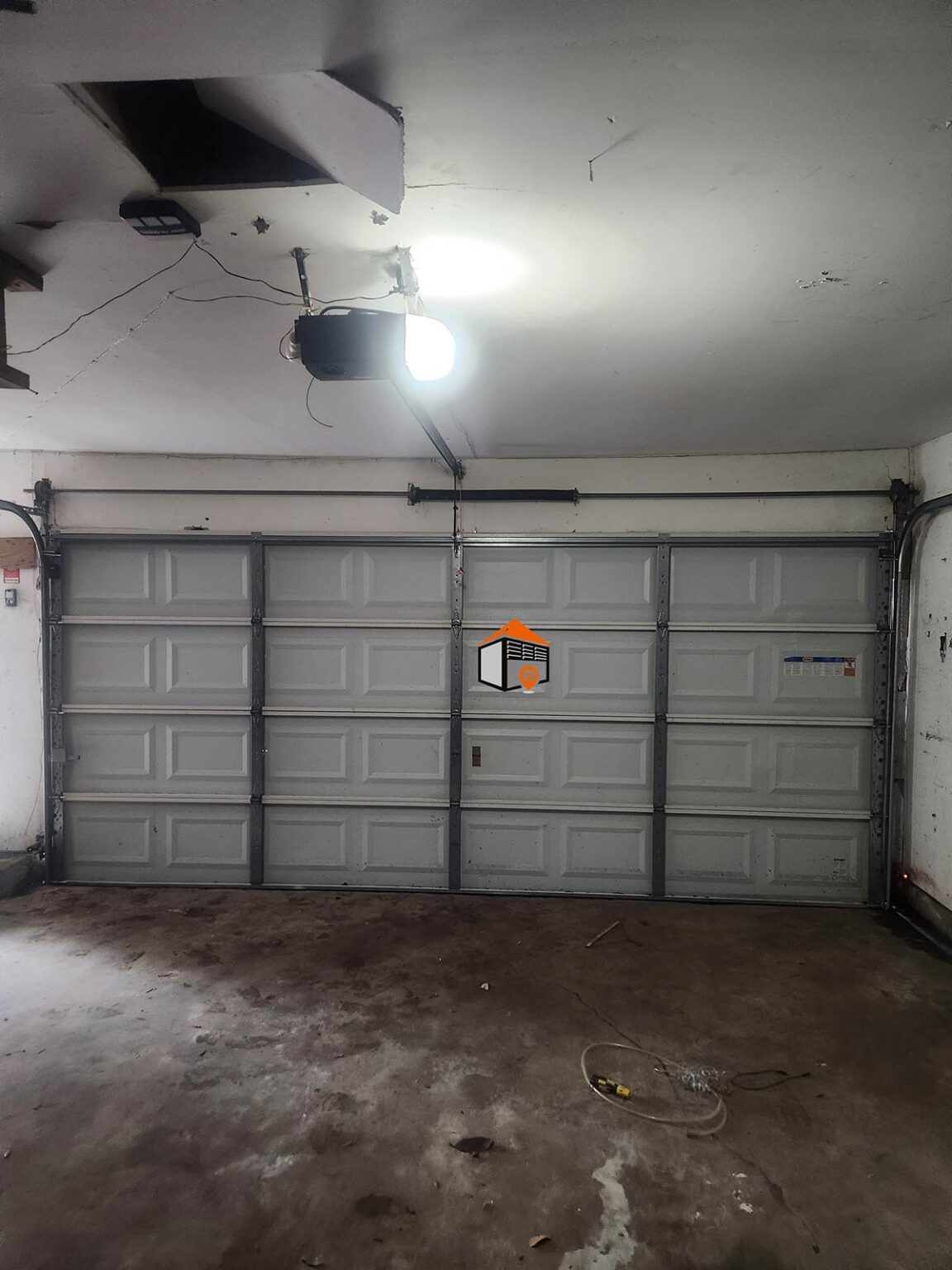Weighing Your Garage Door
The first thing you need to do if you need to weigh your garage door is to find a scale that you would normally use to weigh yourself. Try to find an older scale that is not digital because sometimes if you add weight to a digital scale it will not give you the new reading; it will just give you the original reading when weight was applied to the scale. The kind of scale I am talking about is one that has a dial and it spins back and forth when you step onto the scale.
Preparing for the Weighing Process
You will need a couple of things before you start to attempt to weigh your door: the first is an assistant or somebody to help you read the scale as you are putting the full weight of the garage door on it. The other is a set of winding bars that a garage door technician would use to wind up the torsion springs. You will probably not find a professional pair of winding bars at a retail hardware store like Lowe’s or Home Depot, so the next best thing is to go to a retail hardware store and buy two pieces of all-thread that are 5/8 of an inch thick and at least 18 inches long; it would be better to have two bars, but just to weigh the door, most of the time you can get away with just one.
Necessary Tools and Steps
Also, you will most likely need a ladder to reach the torsion springs. Anytime I have had to weigh a garage door, this is the procedure that I would use. The first step would be to open the garage door with the garage door opener. If you do not have a garage door opener, this does not apply. Once you have your winding bars, your assistant to read the weight on the scale, and your ladder, it’s time to begin.
Preparing to Weigh the Door
If you have an opener and you have opened the garage door with your garage door opener, then you will need to pull down on the emergency release cord. This is the red cord and handle that hangs down from the trolley on your opener; this allows you to open the door manually by hand. You will need to place the scale in the middle of the garage door, and the window where you read the weight should be on the inside.
Taking the Measurement
Once the door is resting on the scale, you will need to put the ladder as close to the door as you can and stick your winding bars into the torsion spring cone on the ends of the springs. There will be four holes total, and what you will need to do is push up on the spring with the bar and look to your left or right at the cable drums where the cable wraps around the drum. Once you see separation between the cable and the drum, that means the full weight of the garage door is on the scale, and that’s when you take your reading of the weight.
Measuring the Height of the Door
The next thing you will need is the height of the garage door. Just get a tape measure and measure from the garage floor to the top of the top panel on your garage door, and that will give you your height. Unless you are a mechanical engineer, the formula for determining this is pretty much like reading gibberish equations.
Final Steps for Spring Selection
If you need to let somebody know how much your door weighs and how tall it is for the correct spring, this is the only information you should need. The best way to determine what spring to use is to measure the existing springs, whether they are intact or broken, to determine what size spring to replace.
